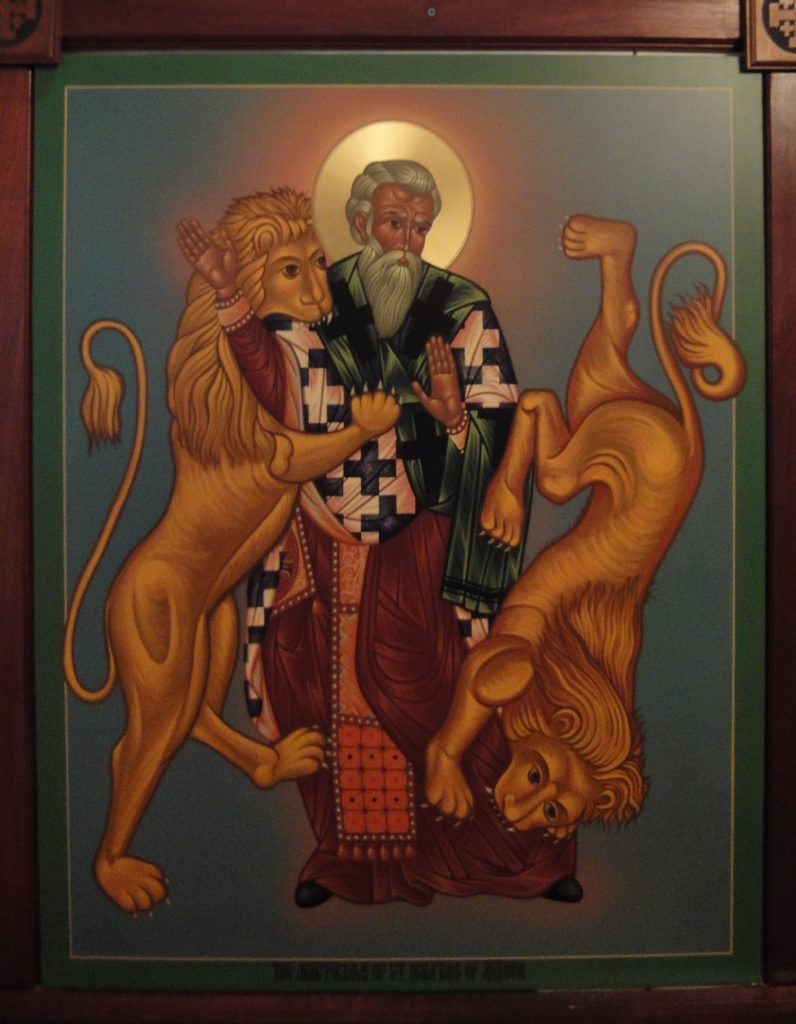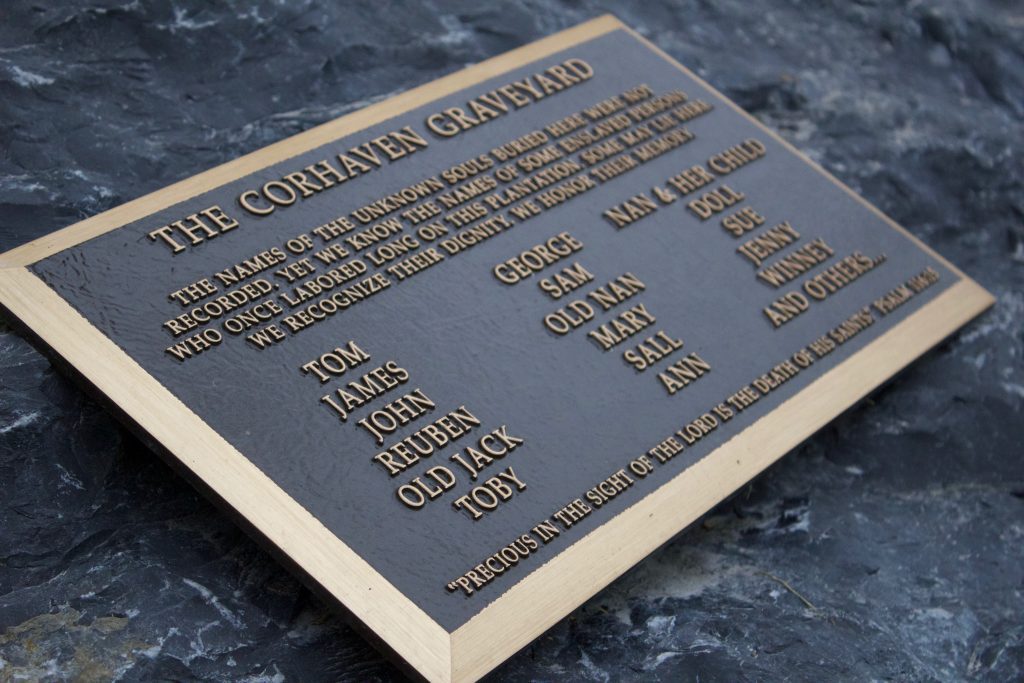by PJ Whittington
“I would rather die for Jesus Christ than rule the last reaches of the earth. My search is for Him who died for us; my love is for Him who rose for our salvation. The pangs of new birth are upon me. Forgive me, brethren. Do nothing to prevent this new life… Allow me to receive the pure light. When I reach it, I shall be fully a man.”
—St. Ignatius of Antioch, “Letter to the Romans”
 We are often so shielded from death in our modern world. Certainly, it is good that we have medicine to heal people, technology that makes our lives easier, and more days to enjoy the earth God created. Yet, even with the progress humanity has made to preserve life, we have been struck with the reality this past year that suffering and death remain out of our control; accidents quickly take lives, a pandemic suddenly overtakes us and halts our world, and too often life is strangled out of brothers and sisters unjustly. The absurdity of our culture’s obsession with youthfulness comes to light when we remember one fundamental reality, everybody dies. If death is a fundamental reality, like birth or food, we must reckon with what it means. Why, if Christ died for us, do we continue to die?
We are often so shielded from death in our modern world. Certainly, it is good that we have medicine to heal people, technology that makes our lives easier, and more days to enjoy the earth God created. Yet, even with the progress humanity has made to preserve life, we have been struck with the reality this past year that suffering and death remain out of our control; accidents quickly take lives, a pandemic suddenly overtakes us and halts our world, and too often life is strangled out of brothers and sisters unjustly. The absurdity of our culture’s obsession with youthfulness comes to light when we remember one fundamental reality, everybody dies. If death is a fundamental reality, like birth or food, we must reckon with what it means. Why, if Christ died for us, do we continue to die?
St. Ignatius of Antioch was a bishop during the reign of Trajan, a cruel emperor who persecuted Christians from AD 98-117. Not much is known of the terms of Ignatius’s execution, but from historical documents and from his own letters he was very aware of the fate that awaited him. With the knowledge of his death right in front of him, how does Ignatius react?
“The pangs of new birth are upon me. Forgive me brethren. Do nothing to prevent this new life.” Throughout his letter, Ignatius begs the church in Rome to allow him to die, and in some places even describes how he will provoke the beasts to kill him when he is thrown onto the stage. These are not words of a man who is afraid of death or wishes to avoid it, nor is death something which is far off and he wishes to remain far off. Ignatius is on his way to his demise, but he does not embrace it as his end. Partaking in death is to experience “the pangs of new birth” and the “pure light.” For St. Ignatius, death is the means by which we become fully alive, truly human.
In the church I grew up in I often heard the quote from Dietrich Bonhoeffer, “When Christ calls a man, he bids him to come and die.” I always considered it a reminder to quit bad habits or kill sin in my life, maybe even representing the power of baptism to participate in Christ’s death. As I have reflected on 2020, the same year my goddaughter was baptized, I am more convinced that it is not merely a metaphorical death in baptism which we must face as Christians, it is a very real and often untimely death.
Our literal death is the entrance we must pass through to become fully alive. Sure, we can experience glimpses of that full life now through the miracles Christ still does, but we are all called to eventually suffer as Christ did so that we may experience the joy of resurrection. The tragedy of death is not that it persists, rather, it is that death is meaningless unless it is given to Christ. Only Christ can lead us in triumph over death, because it is only by his resurrection that he takes away the sting of death and bestows life upon those lying in the tombs. In Christ, death gives way to resurrection, when our souls may be reunited with our physical bodies as they are sewn back together by our Creator. To be truly human is to experience resurrection, but we can not rise from the dead unless we perish first.
 On my first day at Corhaven, I was exploring the property when I stumbled upon the Corhaven Graveyard. Some of you just took part in our Juneteenth Commemoration & Celebration broadcast from the Graveyard. Why do we mourn the deaths of the slaves that are buried here? Why are these called “sacred grounds”? These men and women could have died from farming accidents, illness, or at the hands of their slave master. Yet, we know what Christ tells us, “I am the resurrection and the life; he who believes in him, though he die, yet shall he live” (Jn 11:25).
On my first day at Corhaven, I was exploring the property when I stumbled upon the Corhaven Graveyard. Some of you just took part in our Juneteenth Commemoration & Celebration broadcast from the Graveyard. Why do we mourn the deaths of the slaves that are buried here? Why are these called “sacred grounds”? These men and women could have died from farming accidents, illness, or at the hands of their slave master. Yet, we know what Christ tells us, “I am the resurrection and the life; he who believes in him, though he die, yet shall he live” (Jn 11:25).
We grieve that these lives ended under oppression, but we look forward to the liberated life we will experience with them in the resurrection. The bodies which lie in rest in the Corhaven Graveyard will be put to use again in the life of the world to come. We mourn the injustice and suffering that these brothers and sisters must have endured, yet we look to these saints to follow them into suffering boldly, that we may say with them that we will “receive the pure light. When I reach it, I shall be fully a man.”
(St. Ignatius photo: Jim Forest)
If you are interested in exploring how a Christ-centered view of death can change your life, we recommend exploring Rev. Bill Haley’s SOUNDINGS Post: “Composing Your Death Song“
